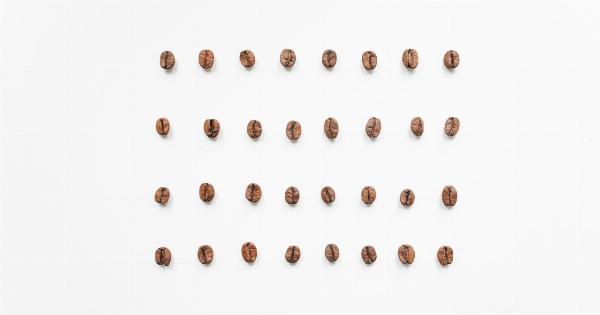Liver disease, also known as hepatic disease, refers to any condition that affects the function and structure of the liver.
Liver disease can manifest itself in a variety of ways and can be caused by a number of factors, including viral infections, alcoholism, and obesity. One lesser-known symptom of liver disease is the appearance of changes on the legs. Here, we’ll discuss the indicators of liver disease and how to spot them on the legs.
Signs and Symptoms of Liver Disease
Liver disease can often be symptomless in its early stages. However, there are some signs and symptoms that may indicate the presence of liver disease. These include:.
1. Jaundice
Jaundice is a yellow discoloration of the skin and eyes. When the liver is not functioning properly, it may not be able to properly process bilirubin, a waste product formed when the body breaks down red blood cells.
As a result, bilirubin can build up in the body, leading to jaundice.
2. Abdominal swelling
When the liver is unable to process fluids and waste properly, fluid can build up in the abdomen, leading to swelling, bloating, and discomfort.
3. Fatigue
Chronic fatigue, weakness, and decreased stamina can be a result of liver disease due to a build-up of toxins and other substances in the bloodstream.
4. Bruising
When the liver is not functioning properly, blood clotting mechanisms may be disrupted, leading to excessive bruising and bleeding.
Liver Disease on the Legs
In addition to the above, specific signs and symptoms of liver disease can present themselves on the legs. Knowing how to spot these is vital in the identification and treatment of liver disease.
5. Spider angiomas
Spider angiomas are small, red, spider-like growths that can appear on the surface of the skin. They usually have a central reddish dot with broken blood vessels radiating out from the center.
They can be a common sign of liver disease, particularly in the advanced stages. This is because they are caused by an increase in estrogen levels, which can occur in liver disease.
6. Palmar erythema
Palmar erythema is a reddening of the palms of the hands and the soles of the feet. It is caused by an increase in the amount of blood near the surface of the skin.
Palmar erythema is most commonly associated with liver disease, and it is one of the earliest signs of the condition.
7. Edema
Edema refers to swelling of the tissues due to an abnormal accumulation of fluid. When the liver is not functioning properly, it may not be able to remove excess fluid from the body, leading to edema.
The legs are a common site for edema to occur due to gravity.
8. Small capillary networks
Small capillary networks, also known as caput medusa, are enlarged veins that appear near the surface of the skin on the abdomen and the legs. They are caused by portal hypertension, a condition that occurs when blood flow through the liver is blocked.
9. Terry’s nails
Terry’s nails are nails that are white near the base and pink or brown towards the tip. They are an early indicator of liver disease.
10. Clubbing
Clubbing is a condition in which the fingertips become rounded and the nails appear to curve downward. It is a sign of advanced liver disease, as well as other chronic illnesses.
Conclusion
Identifying the presence of liver disease on the legs can be vital in the early diagnosis and treatment of this condition.
Being familiar with the signs and symptoms of liver disease, such as the presence of spider angiomas, palmar erythema, edema, small capillary networks, Terry’s nails, and clubbing is essential. If you identify any of these symptoms, please consult with your healthcare provider.





























